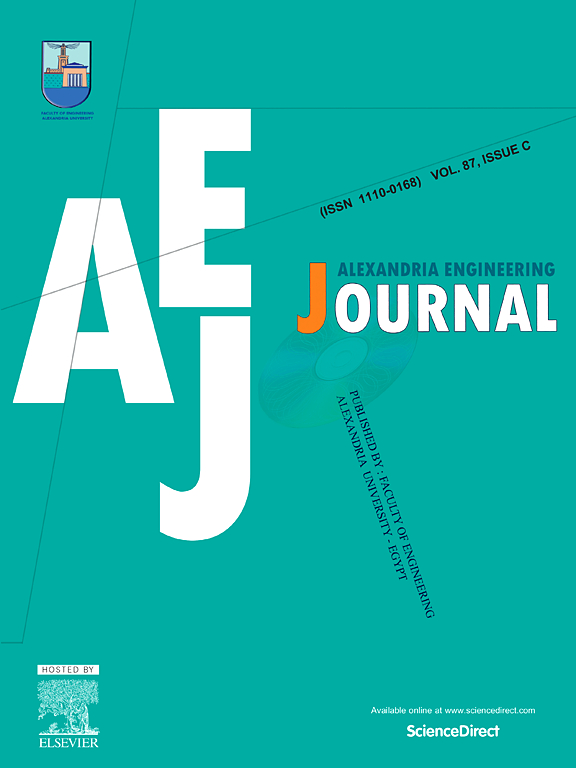利用水刀辅助激光加工大宽比氧化锆陶瓷微通道的实验研究
IF 6.2
2区 工程技术
Q1 ENGINEERING, MULTIDISCIPLINARY
引用次数: 0
摘要
氧化锆(ZrO2)陶瓷具有优异的机械性能和超强的化学稳定性,因此被广泛应用于航空航天、微电子、生物医学和机械制造领域。然而,由于其难以加工的特性,传统的加工方法很难在氧化锆陶瓷中加工出大宽比(LAR)的微通道。本研究比较了直接激光加工(DLM)和水射流辅助激光微加工(WJALM)在制备 LAR 氧化锆微通道中的应用,重点关注表面形貌、热影响区、微硬度、化学成分和相组成。随后,进行了 WJALM 的参数实验,通过评估几何轮廓和烧蚀面积比来获得优质的加工 LAR 氧化锆微通道。实验结果表明,WJALM 明显优于 DLM,表面粗糙度(Sa)降低了 46%,与 DLM 相比,WJALM 将热影响区深度减少了约 37%。WJALM 工艺还将烧蚀面积比提高了 61%,在 27 W 激光功率、100 mm/s 扫描速度和 8 m/s 水刀速度的优化条件下实现了卓越的加工质量。本文章由计算机程序翻译,如有差异,请以英文原文为准。
Experimental investigation on large-aspect-ratio zirconia ceramic microchannels by waterjet-assisted laser processing
Zirconia (ZrO2) ceramic has excellent mechanical properties and superior chemical stability, making it widely used in aerospace, microelectronics, biomedicine, and mechanical manufacturing. However, due to its difficult-to-machine characteristics, traditional machining methods struggle with fabricating large-aspect-ratio (LAR) microchannels in zirconia ceramics. This study compares direct laser machining (DLM) and waterjet-assisted laser micromachining (WJALM) in preparing LAR zirconia microchannels, focusing on surface morphology, heat-affected zones, microhardness, chemical and phase composition. Subsequently, parameter experiments of WJALM were carried out to achieve superior machined quality LAR zirconia microchannels by assessing the geometric profile and ablation-area-ratio. Experimental results indicated that WJALM significantly surpasses DLM, achieving a 46 % decrease in areal surface roughness (Sa), WJALM reduced the heat-affected zone depth by approximately 37 % compared to DLM. The WJALM process also enhanced the ablation-area-ratio by 61 %, achieving superior machining quality under optimized conditions of 27 W laser power, 100 mm/s scanning speed, and 8 m/s waterjet velocity.
求助全文
通过发布文献求助,成功后即可免费获取论文全文。
去求助
来源期刊

alexandria engineering journal
Engineering-General Engineering
CiteScore
11.20
自引率
4.40%
发文量
1015
审稿时长
43 days
期刊介绍:
Alexandria Engineering Journal is an international journal devoted to publishing high quality papers in the field of engineering and applied science. Alexandria Engineering Journal is cited in the Engineering Information Services (EIS) and the Chemical Abstracts (CA). The papers published in Alexandria Engineering Journal are grouped into five sections, according to the following classification:
• Mechanical, Production, Marine and Textile Engineering
• Electrical Engineering, Computer Science and Nuclear Engineering
• Civil and Architecture Engineering
• Chemical Engineering and Applied Sciences
• Environmental Engineering
 求助内容:
求助内容: 应助结果提醒方式:
应助结果提醒方式:


